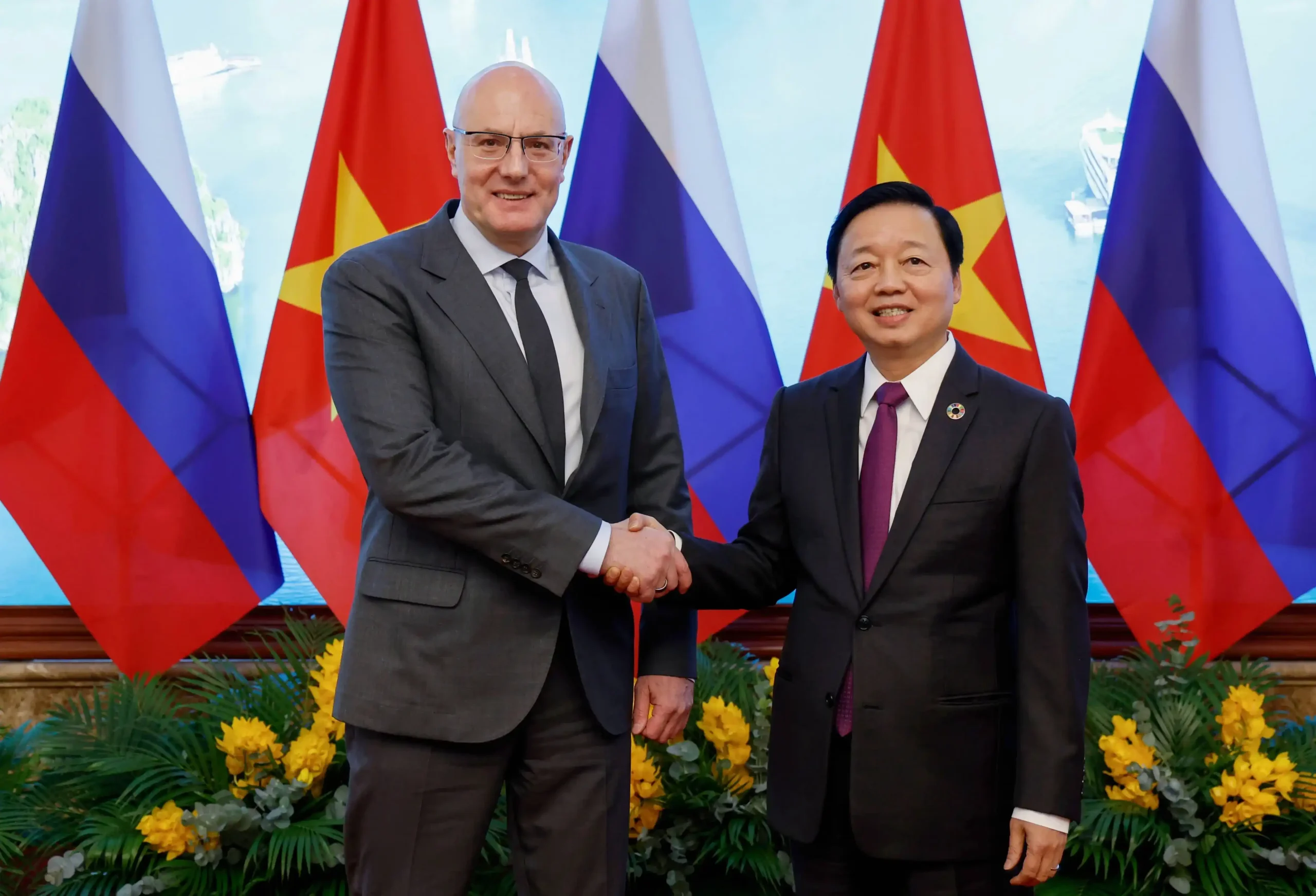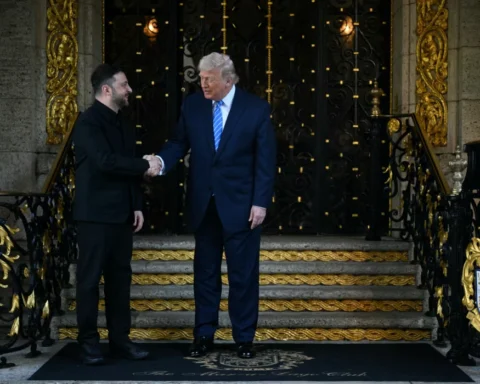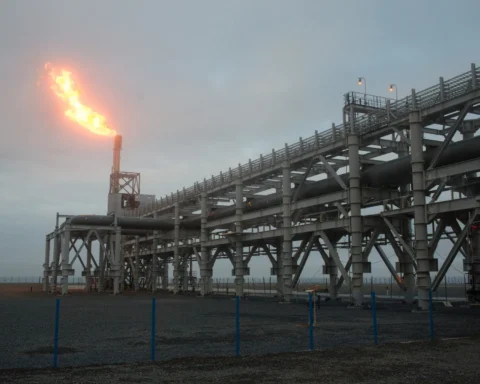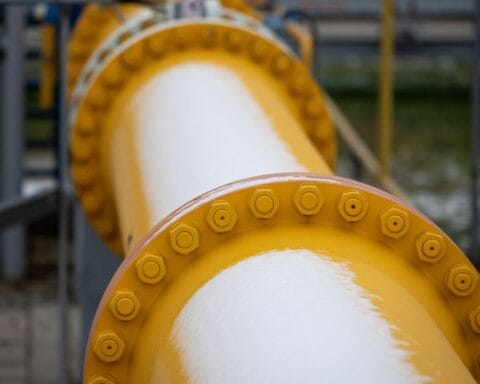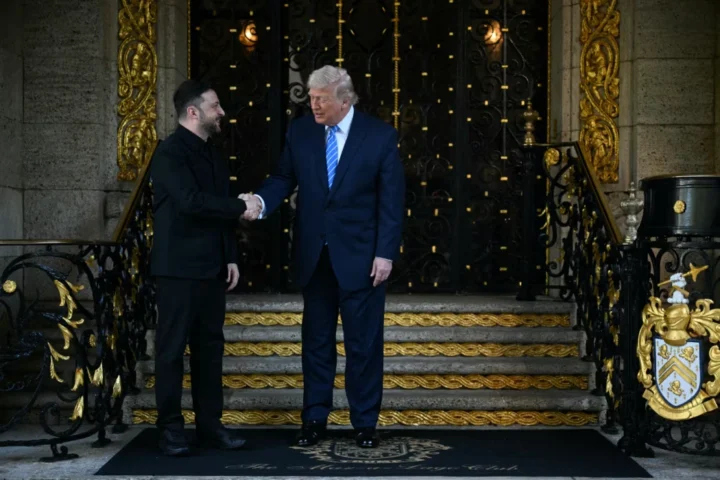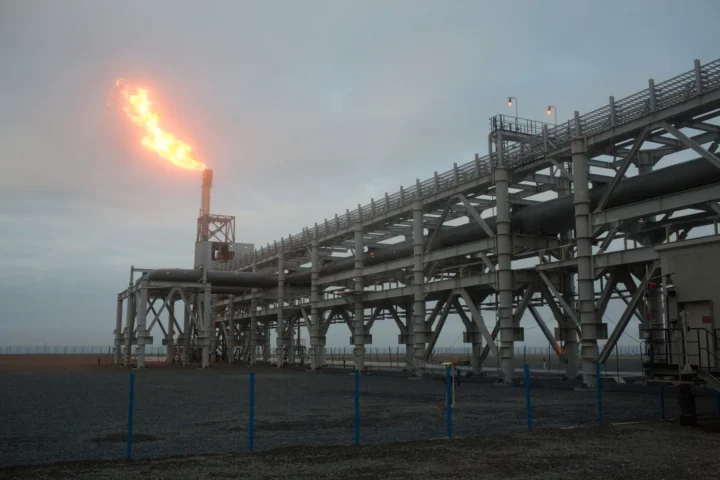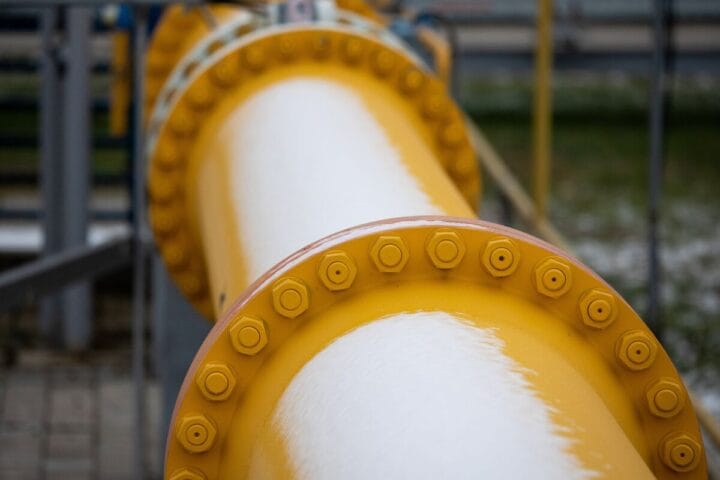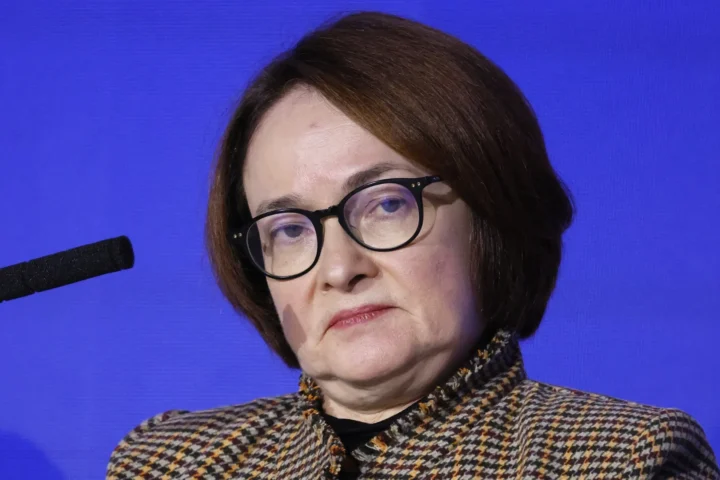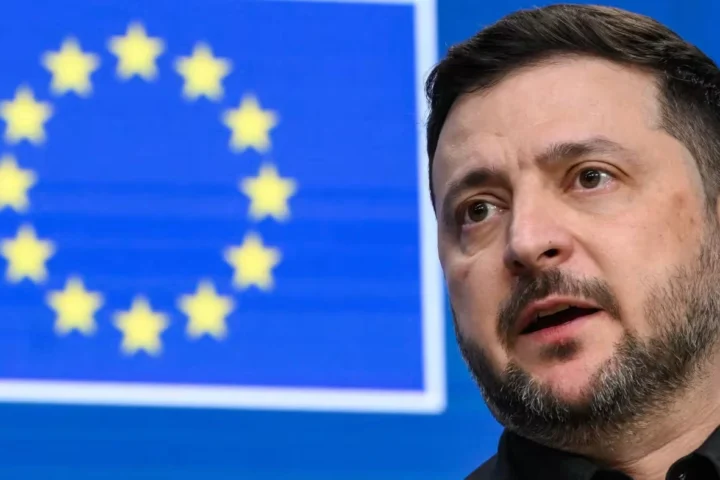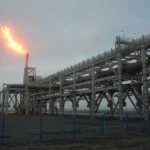An analysis of trade partner statistics reveals a stark increase in the cost of imported goods entering the Russian market since the implementation of international sanctions. Imported goods are now being sold at significantly higher prices compared to their value in other global destinations.
Goods exported from sanction-imposing countries are priced 4.2% to 7.5% higher for the Russian market. Meanwhile, products from neutral nations are seeing a 2.5% to 3.5% price hike. Notably, goods subjected to U.S. sanctions and sourced from neutral suppliers have experienced price increases ranging between 4.5% and 6.5%.
The financial impact of these shifts is considerable. In 2023 alone, Russian buyers incurred an additional $20 billion in costs due to the rising prices of imports.
Despite these challenges, by the end of 2024, the decline in import volumes was reversed. Trade values nearly returned to pre-crisis levels, reflecting a notable recovery. This resurgence was primarily fueled by a pivot toward suppliers from the Global South and Central Asia. These regions saw their share of Russian imports surge from 49% in 2021 to 71% in 2023. A significant portion of this increase was achieved through the re-export of Western goods.
This dynamic underscores the adaptability of trade networks and highlights the ongoing economic repercussions of geopolitical tensions for the Russian market.


